Commemorative Days

TO VIEW VIDEO PLEASE CLICK HERE

































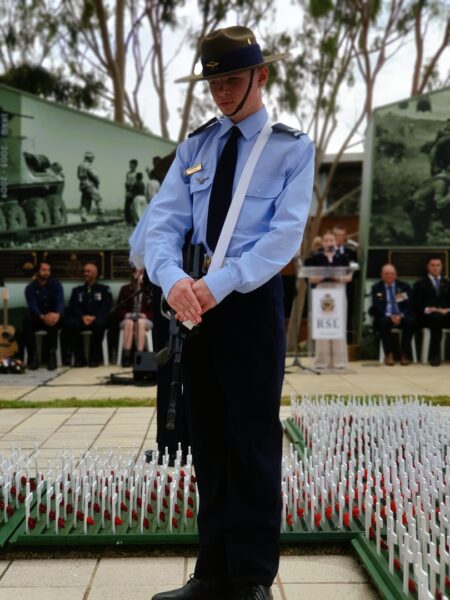










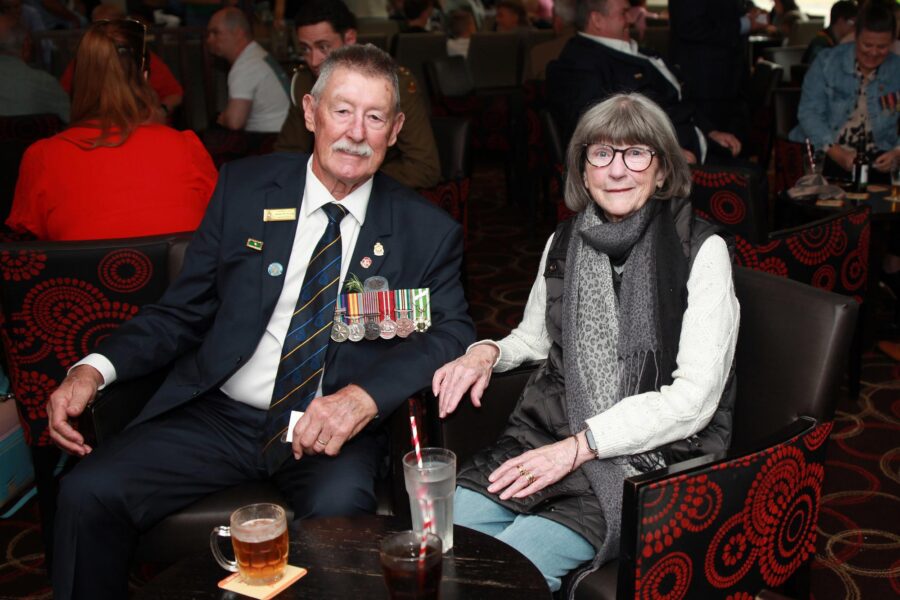
















The Anzac tradition—the ideals of courage, endurance and mateship that are still relevant today—was established on 25 April 1915 when the Australian and New Zealand Army Corps landed on the Gallipoli Peninsula.
It was the start of a campaign that lasted eight months and resulted in some 25,000 Australian casualties, including 8,700 who were killed or died of wounds or disease.
The men who served on the Gallipoli Peninsula created a legend, adding the word ‘ANZAC’ to our vocabulary and creating the notion of the ANZAC spirit.
In 1916, the first anniversary of the landing was observed in Australia, New Zealand and England and by troops in Egypt. That year, 25 April was officially named ‘ANZAC Day’ by the Acting Prime Minister, George Pearce.
By the 1920s, Anzac Day ceremonies were held throughout Australia. All States had designated Anzac Day as a public holiday. In the 1940s, Second World War veterans joined parades around the country. In the ensuing decades, returned servicemen and women from the conflicts in Korea, Malaya, Indonesia, Vietnam and Iraq, veterans from allied countries and peacekeepers joined the parades.
During the 1960s and 1970s, the number of people attending the ceremonies fell as Australians questioned the relevance of Anzac Day. However, in the 1990s there was a resurgence of interest in Anzac Day, with attendances, particularly by young people, increasing across Australia and with many making the pilgrimage to the Gallipoli Peninsula to attend the Dawn Service.
Dawn Service
REMEMBERING THE FALLEN AT DAWN
Written by Georgia Tacey, Shepparton News
As the sun began to rise, thousands gathered in Shepparton to pay their respects on Friday, April 25.
Well before the 6am start, crowds formed near the Shepparton Centopah, filling the streets and parks to catch a glimpse of the march before the ceremony began on the 110th anniversary of Anzac Day.
Shepparton’s Anzac Day dawn commemorative service was led by Brian McInneny, with a welcome address by Shepparton RSL president Rob Wilkie.
The special guest speaker for the morning service was Royal Australian Armoured Corps Warrant Officer Class One, Sean McElhinney. Mr McElhinney has accrued 30 years of service, with deployments to East Timor and Afghanistan. Currently, he serves as Regimental Sergeant Major of the Royal Australian Armoured Corps, and spends his time with family, including his parents from Shepparton.
“On this day, we honour not only the original Anzacs, but all the men and women who have served their nation in war, in conflict zones and in peacekeeping missions,” he said.
“From trenches to deserts, from jungles to skies and seas, they served with honour, shaping the character of our country with strength and resolve.”
Mr McElinney spoke of his own experiences of a dawn service, April 25, while on deployment in Afghanistan.
“We stood in silence, thousands of miles from home, yet connected by an unbreakable thread to those who had come before us. The familiar words of The Ode resonated differently there in a place where danger was not a distant concept but a daily reality,” he said.
“I remember looking at the faces of my mates, all united in the solemn moment of remembrance. That morning, the legacy of the Anzacs felt tangible and immediate. It reminded me that when we gather like this at dawn, whether in the dust of Afghanistan or here in the heart of Shepparton, we are participating in an unbroken tradition that spans generations and crosses continents.”
Other special guests at the ceremony included Notre Dame students Kiera Shaw and Elena Radevski, who read the poem We Remember Those on Anzac Day, and Australian Army Chaplain Kyung Ee, who recited the Anzac Requiem. Juliana de Quilettes also sang the song Spirit of the Anzacs.
The crowds paid their respects during the minute of silence, before the volley salute by the Shepparton Shooters Association.
Paying their respects included many local veterans and their families, members of the public and many Shepparton football clubs, including Shepparton United and Shepparton Bears, laying poppies and wreaths.
Mr Wilkie said the morning service went well, and was thankful the rain held off. “This is probably the biggest turnout we’ve had for the service,” he said.
The only bigger service he remembered witnessing was the 2015 service for the 100 year anniversary.
“(I’m glad to) see all the young people here in the morning, just great to see the younger generation here,” he said.
“It’s always a special moment for me, and I just love the dawn service.”






















The Dawn Service observed on Anzac Day has its origins in an operational routine which is still observed by the Australian Army today.
The half-light of dawn plays tricks with soldiers’ eyes and from the earliest times the half-hour or so before dawn, with all its grey, misty shadows, became one of the most favoured times for an attack. Soldiers in defensive positions were therefore woken up in the dark, before dawn, so that by the time the first dull grey light crept across the battlefield they were awake, alert and manning their weapons. This was, and still is, known as “Stand-to”. It was also repeated at sunset.
After the First World War, returned soldiers sought the comradeship they felt in those quiet, peaceful moments before dawn. With symbolic links to the dawn landing at Gallipoli, a dawn stand-to or dawn ceremony became a common form of Anzac Day remembrance during the 1920s; the first official dawn service was held at the Sydney Cenotaph in 1927. Dawn services were originally very simple and followed the operational ritual; in many cases they were restricted to veterans only.
The daytime ceremony was for families and other well-wishers, the dawn service was for old soldiers to remember and reflect among the comrades with whom they shared a special bond. Before dawn the gathered veterans would be ordered to “stand to” and two minutes of silence would follow. At the end of this time a lone bugler would play the “Last Post” and then concluded the service with “Reveille”.
In more recent times families and young people have been encouraged to take part in dawn services, and services in Australian capital cities have seen some of the largest turnouts ever. Reflecting this change, the ceremonies have become more elaborate, incorporating hymns, readings, pipers and rifle volleys. Others, though, have retained the simple format of the dawn stand-to, familiar to so many soldiers.
Remembrance Day – 2025
Pausing to remember
At 11am on November 11, 1918, the guns fell silent on the battlefields as the Armistice was signed to end World War I.
On the same day this year, a crowd of about 200 people gathered at the Shepparton Cenotaph to remember all those who have fought and died for Australia in all wars and peacekeeping missions.
This year’s guest speaker was Ken Tsirigotis, who served in the Australian Army for 22 years. He spoke of the importance of unity.
“Remembrance Day is not only about loss and the past, it’s about the shared spirit that binds us today. It’s about what unites us as Australians.”
“It’s about how we live today, and how we carry forward the torch of respect, inclusion, and unity into the future.”
This year’s service also saw the unveiling of a plaque honouring 30 women who trained as nurses at the old Mooroopna Hospital before serving in World War I on the front line.
Retired Colonel Jan McCarthy, spoke from the heart about the important roles 2,500 – 3,000 nurses played during the war.
“Their whole role was to care for the boys. They worked in horrid conditions.”
She said the nurses served in base and general hospitals, as well as on trains and canal boats that were transporting wounded soldiers.
“World War I nurses were a magnificent group.”
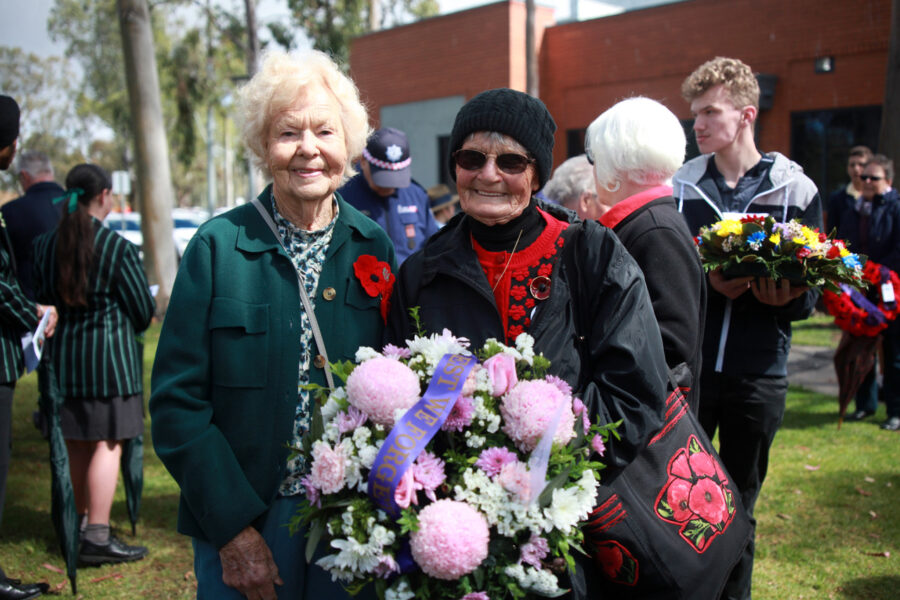


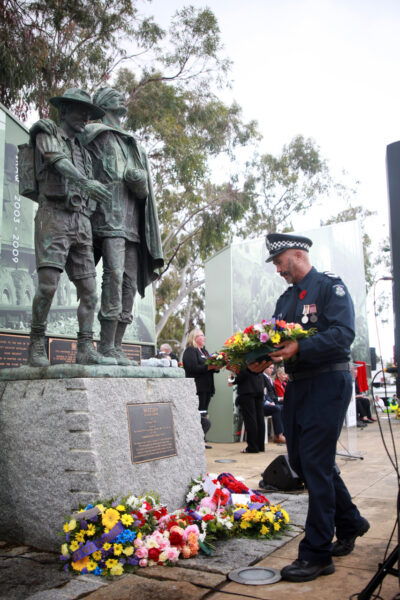

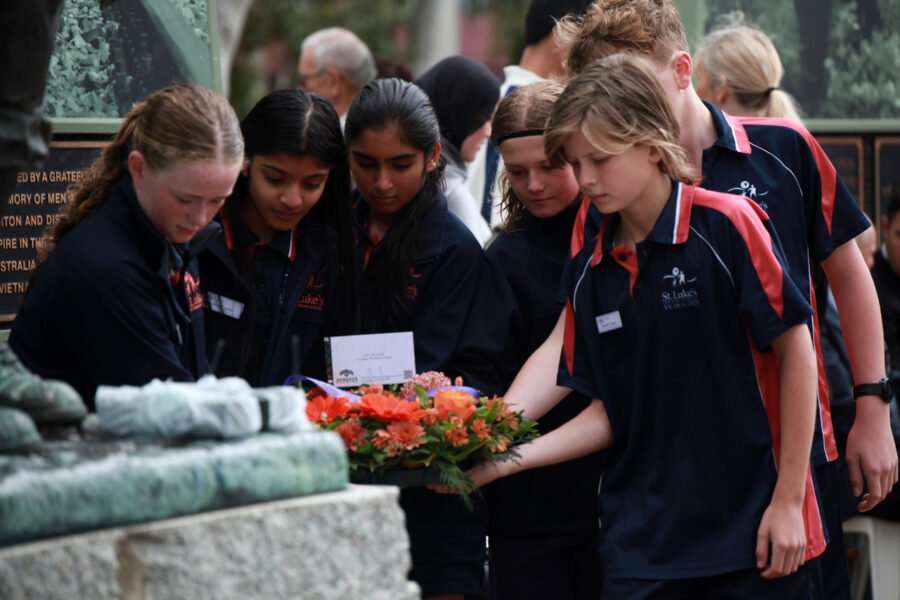
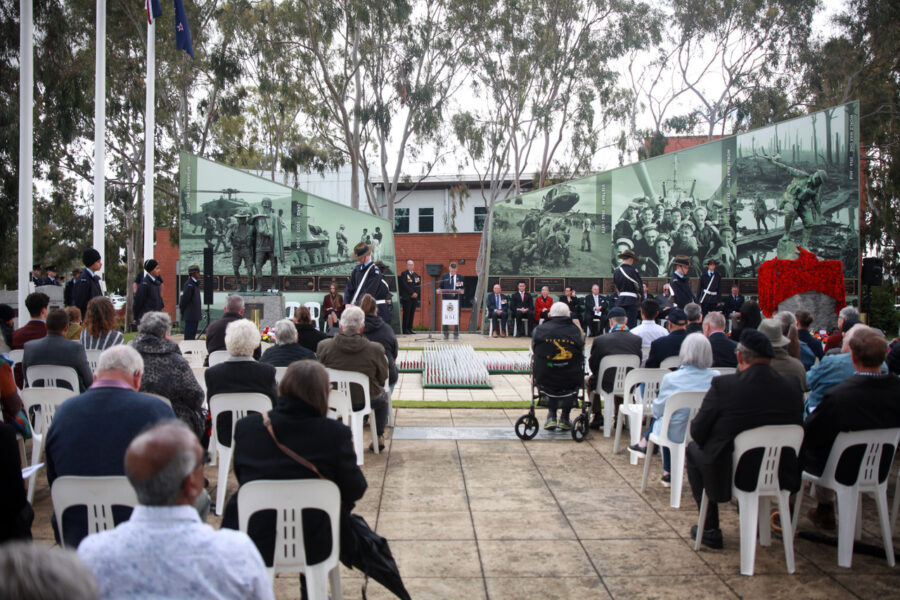
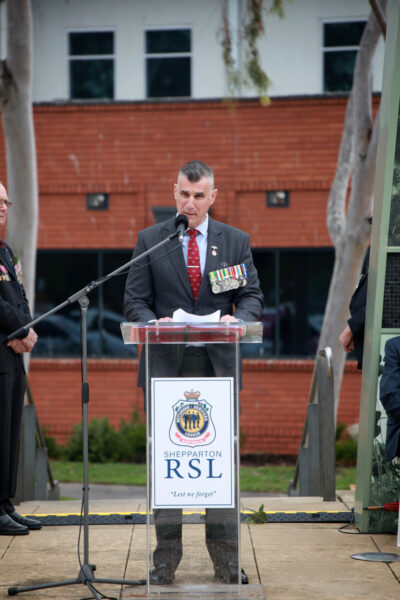
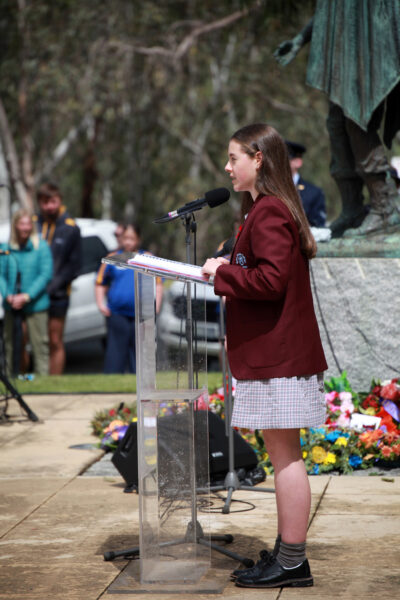

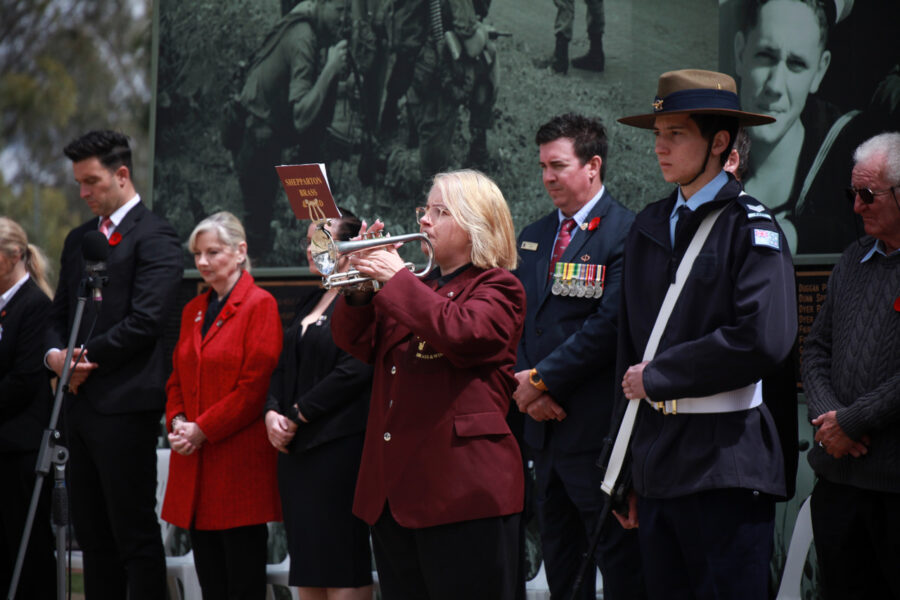
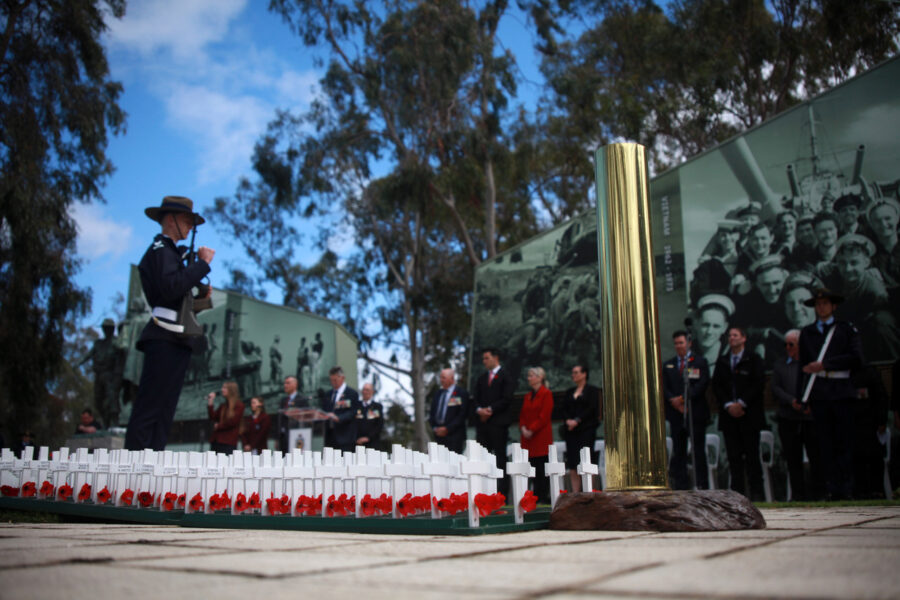
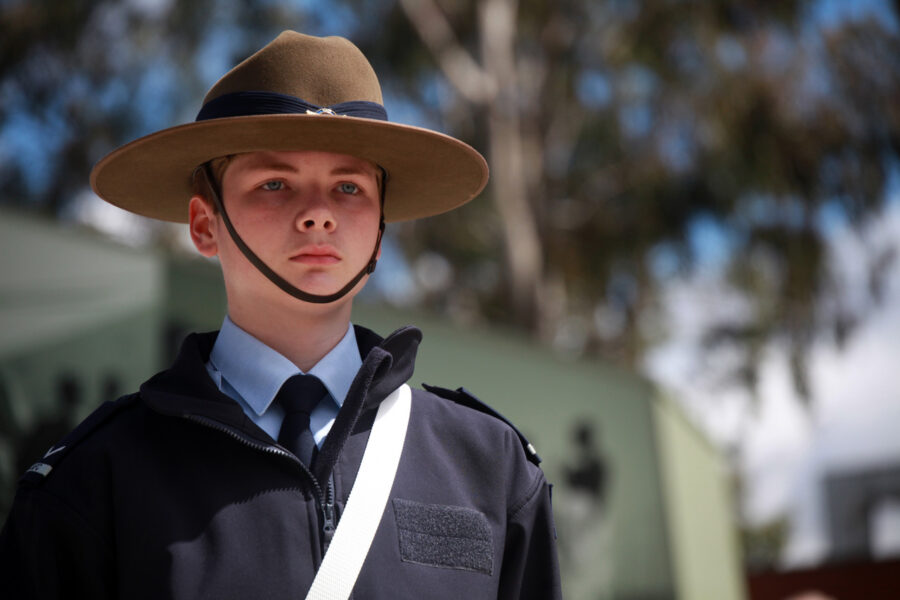


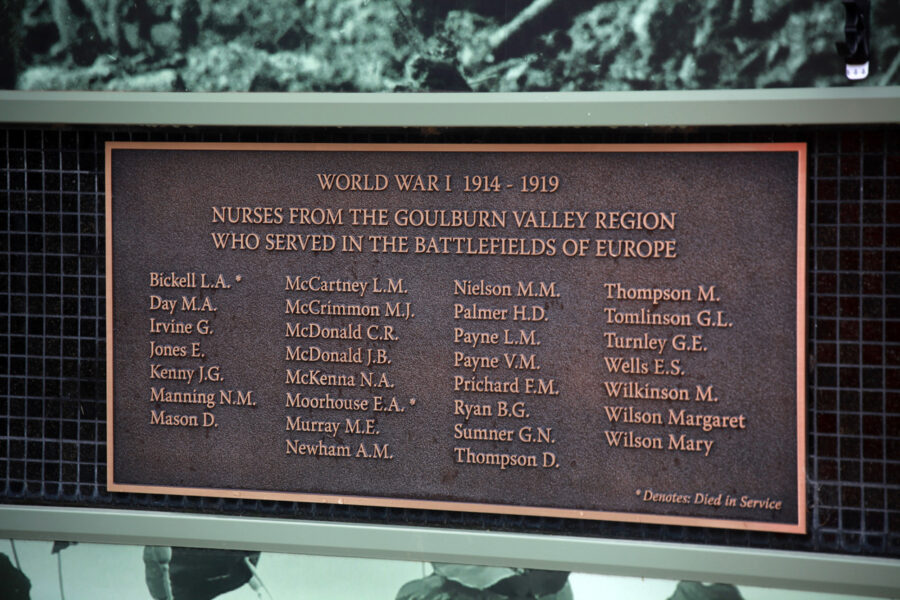
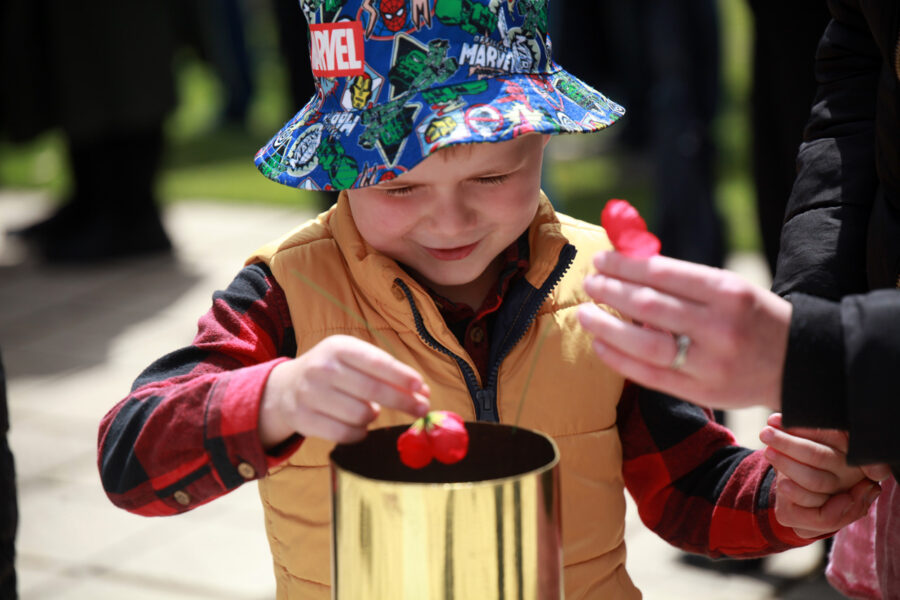
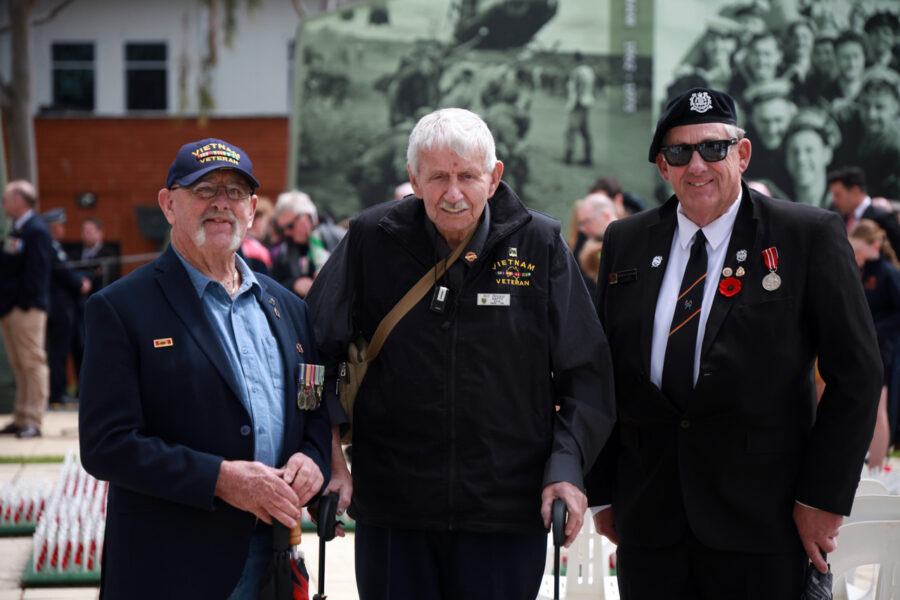
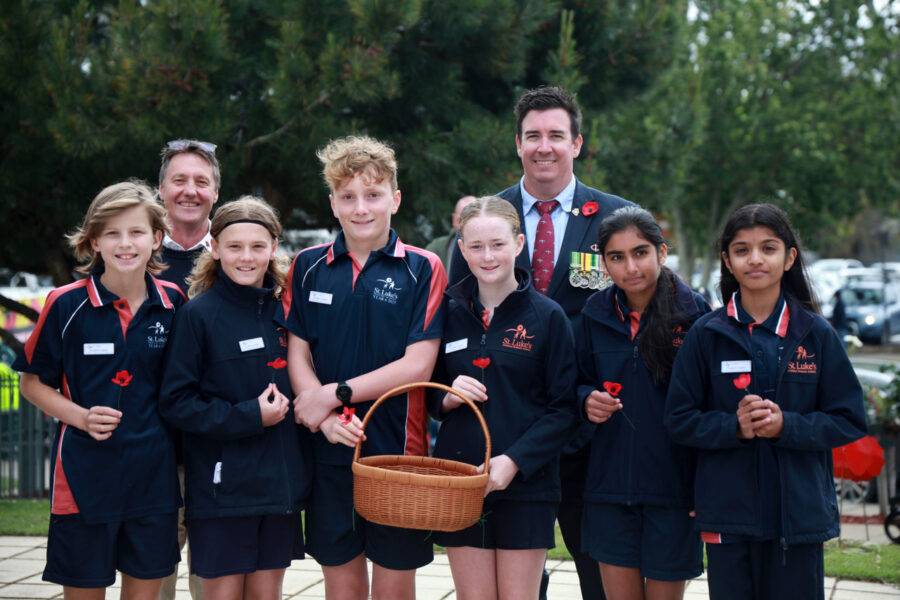
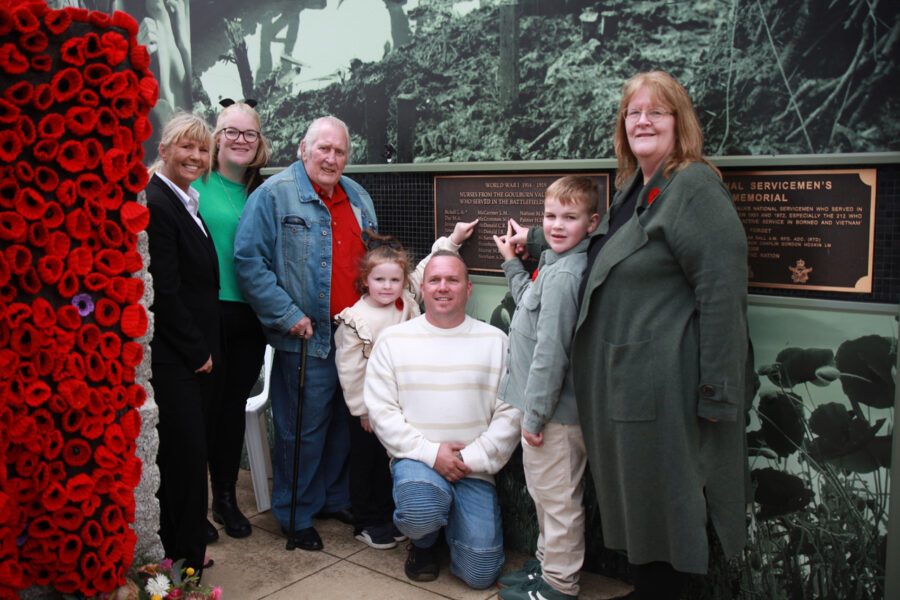
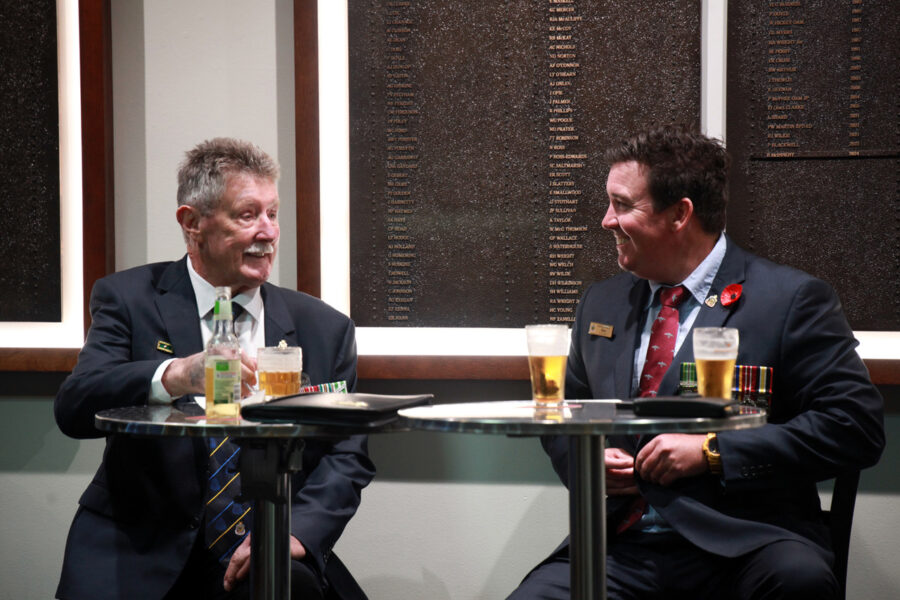
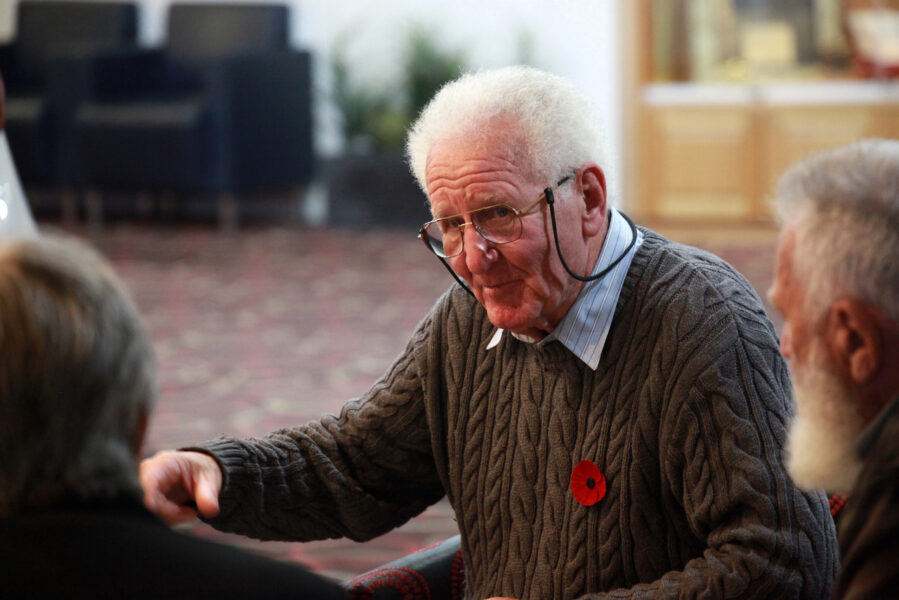
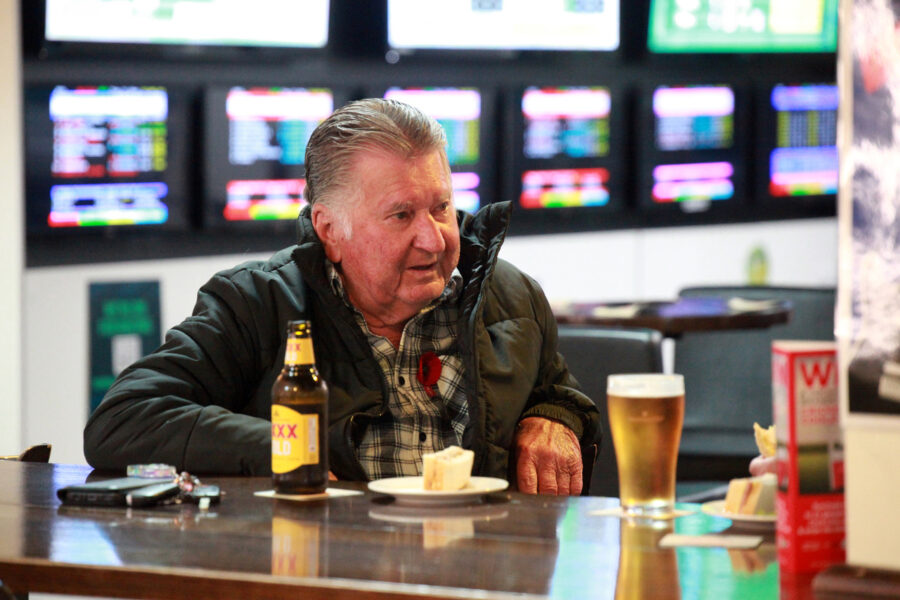
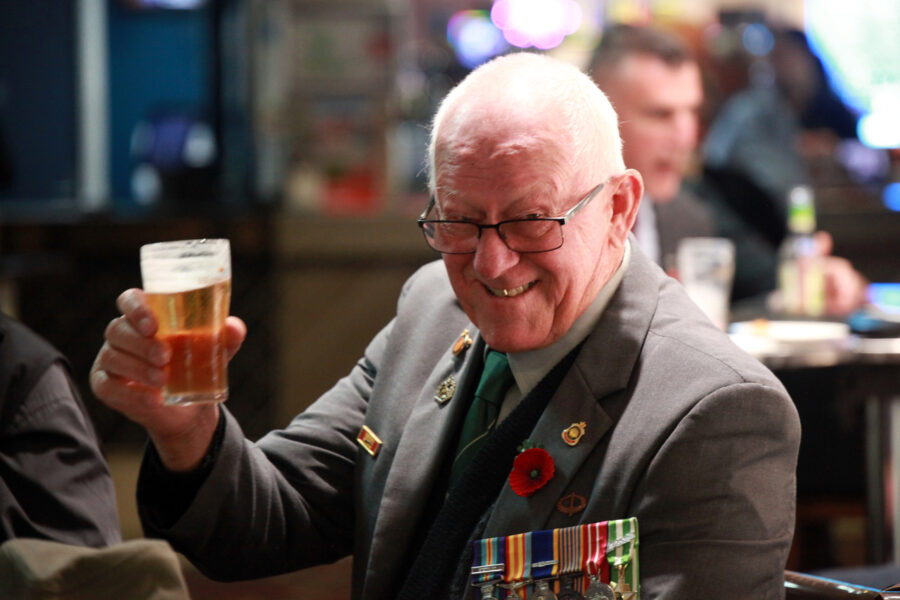

The Shepparton RSL is the region’s best venue for bringing people together for work and play. Experience the difference at the Shepparton RSL.
CONTACT INFO
Shepparton RSL
7-13 Welsford St, Shepparton
(Cnr Wyndham & Knight Sts with parking at rear)
Ph: (03) 5820 4100
Fax: (03) 5820 4144
shepprsl@sheppartonrsl.com
FREE WIFI AVAILABLE




